Painting necessitates a delicate balance between creativity and technical proficiency. While the final outcome of a painting captivates the viewers’ attention, the painting process you develop to create that work of art is just as important.
In this article, we will explore the significance of having a painting process that you can rely on and the key elements that make up the process of painting. Moreover, you’ll discover how to incorporate these steps into your own painting, allowing you to enhance your art and take it to new heights. Let’s get started!
What is the Painting Process?

The process of painting encompasses two crucial aspects: the macro and the micro. These elements collectively play a vital role, not only in the creation of a good painting but also in the development of your larger body of work as an artist.
The micro element of the painting process, is the actual processes involved in creating a painting. While the macro, plays a vital role in guiding the thought process and determining the subject of your artwork. It aids in developing a clear vision for your work, as well as defining your goals and aspirations, transforming them into reality.
Here we will dig deeper into each of these and learn how you can further develop your own painting process.
The Micro Painting Process

This is the actual processes involved in creating a painting. Such as mixing up colors and applying them to canvas. The more you understand how a painting is made and built, the better you will be with the micro aspect of the painting process.
Now, the fundamentals are at the heart of this part of the artistic process, as they make up how a painting is created, from beginning to end. To help you better understand this–I have broken down the micro process into stages. So, let’s take a look at what you need to be thinking about in the beginning stages of the painting process.
Beginning stages of the micro painting process
The very beginning stages of the micro painting process involves the imprimatura and painting sketch. These help to get you started on the right foot and build a strong foundation for your work.
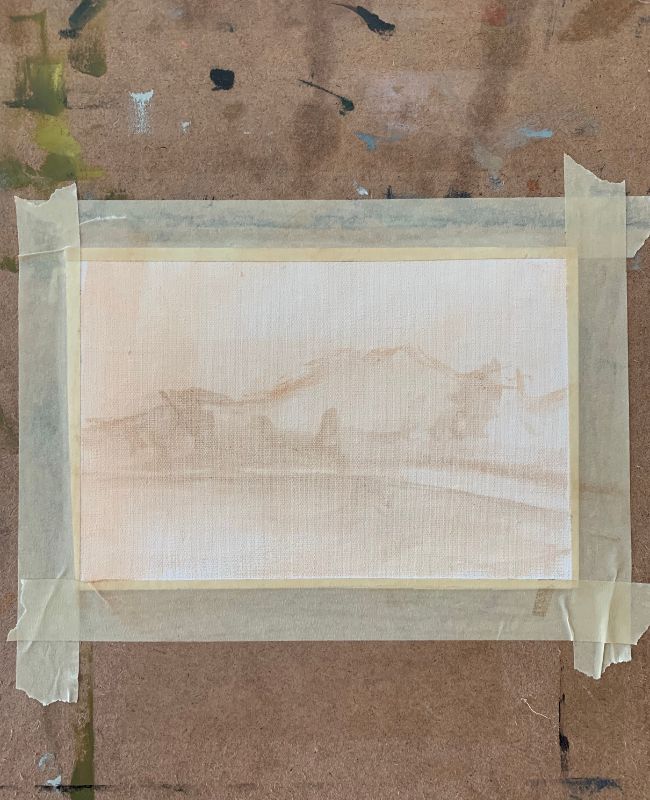
Establishing color spot values

Understanding what it means to paint with spots of color is one of the most important micro aspects of the artistic process. The choice and application of color is strategic to creating a cohesive painting.
By making sure that you begin your painting with a clear sense of value, you will set your work up for success. If your paintings often struggle with being a bit bland–this is a great checkpoint to go back to!
Applying the fundamentals throughout
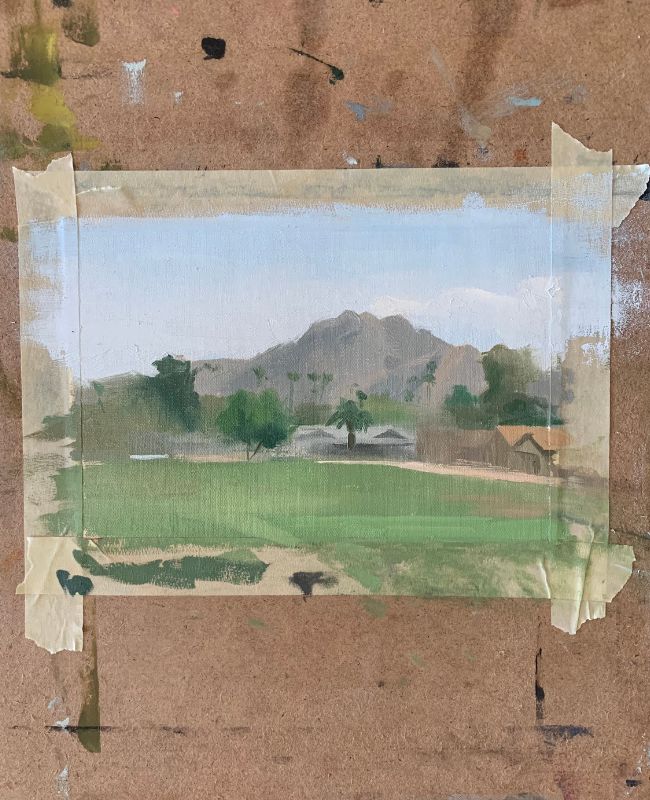
After laying out a solid foundation in the initial stages of the painting process you have to continue moving forward. It is necessary to apply all of the fundamental elements of painting throughout the entire artistic process.
Completing a painting
Go through the list of fundamentals to see if your painting is finished or not. You can ask yourself questions to help you with this last step. For example, “Does my painting have a clear sense of light?” If not, it will be clear to you that you need to work on that before completing your painting.
There is no clean cut recipe for art making. It takes a lot of time and practice to learn how to work through the micro painting process and successfully bring a piece to completion.
However, this is exactly why the artistic process is so important! The more you understand how to use the fundamental elements in your painting, the better your work will become.
The Macro Painting Process
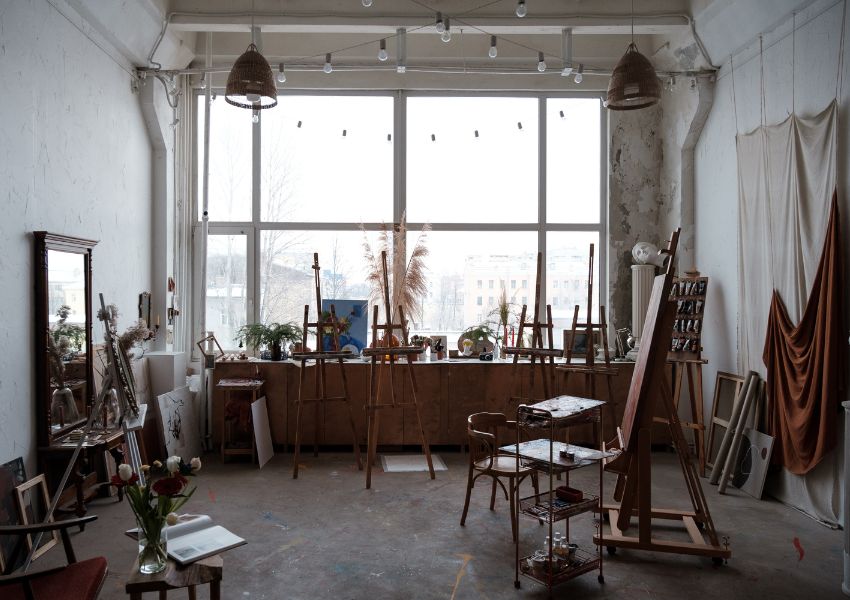
While the micro painting process is extremely important in the creation of a painting. You also need to focus on the macro aspects of painting at the same time.
This involves the big-picture planning of the artistic process; scheduling time for painting, critiquing your work for improvement, and building out a body of work. Without this invested energy into planning, you won’t be able to critically think of what you are going to paint.
Developing a vision for your work
As you think through subject matter and create thoughtful compositions. You can then proceed to expand and work towards creating a cohesive body of work. Paintings that relate to one another and are working through similar questions and investigations that interest you as an artist.

Part of having a vision for your work is also figuring out what your goals as an artist are. You may want to create a body of work for a solo show at a gallery and work towards developing a career as a professional artist. Or perhaps you wish to create work for your family and friends, pieces they will treasure.
Planning compositions and subject matter
During the macro process, artists must analyze what subject matter to paint, what techniques to use, and how long it will take to complete the project. By having a plan, artists can maximize their potential and prioritize their painting time.
Build a regular painting habit
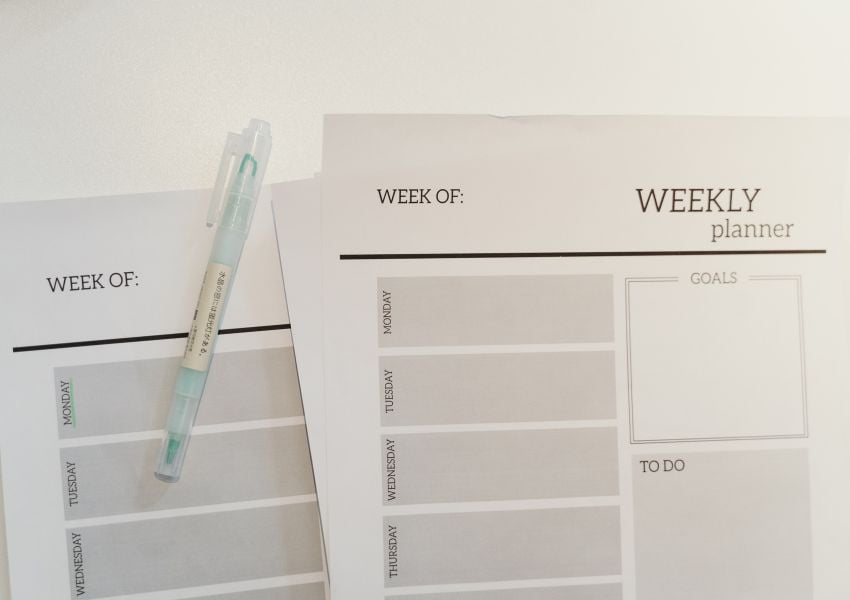
Giving yourself time to paint is an essential part of the macro painting process. By scheduling time for painting, you can focus on creating a painting without distractions. Without specific scheduled time, it is easy for painting time to be the first thing to get shoved to the sidelines. As we live in a world with many distractions, this is an incredibly important part of the artistic process!
Critiquing your own work

Critiquing one’s work is also crucial in order to develop and move forward as an artist. Analyzing your own work with a critical eye allows you to identify areas for improvement and make necessary changes. Without this step of self critique, you won’t be able to create work that continues to develop and improve.
If you find yourself not knowing what to improve upon, don’t worry as this is quite common. Training and instruction will help to guide you and understand how to steer your own work forward. It is incredibly important to seek out a mentor and join a training course.
Create a Strong Painting Process for Yourself

No matter how far along you are in your work, there is always room for improvement in one’s artistic process. Which is what keeps painting exciting at the same time! Reflect on what areas you feel that you need to improve upon. If you need guidance on what might be missing, ask a friend or colleague. You could even seek out a mentor and join a course.

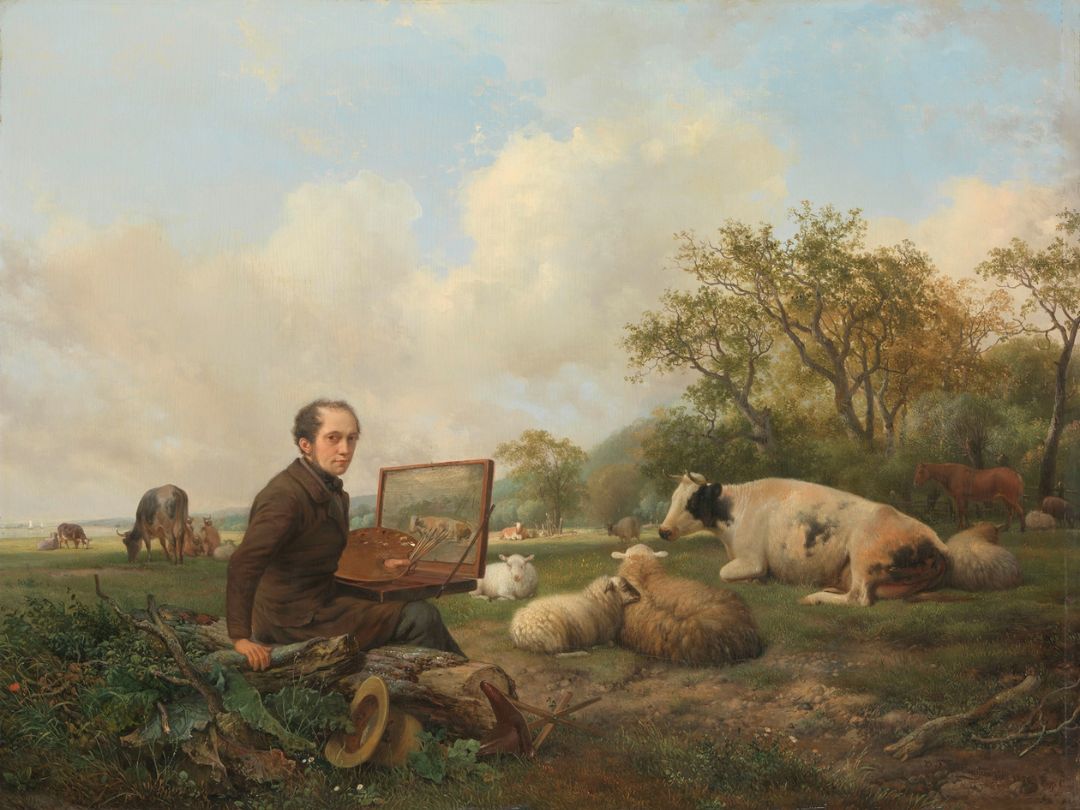




10 thoughts on “The Painting Process: How to Develop Your Own and Elevate Your Art”
I. Find everything you say very helpful. Sometimes I get bogged down with the terminology of art.
So glad to hear that Nuala, thank you for sharing!
We needed this reinforcement as I make a deeper commitment to developing my artistic journey more than s dailt task. I’ll take better notice of what holds the “awe-ness“ as I deepen my approach with color, shape & setting.
Though it is great to have ones art be a daily habit – it is very very good to elevate it beyond just something to check off the list. So glad you will be taking more notice of what inspires you! 💙
thank you very helpful as Iam an amituer and do sell work often but have felt lost this year . This article gives me lots to think about.
There are sometimes seasons where you have to reorient yourself. Am glad this article is helpful!
I am always appreciating your information
Thank you very much
Arlette
Thank you very much for your guidance
You are so welcome Arlette, thank you for sharing 🙂
You are so welcome! Am glad that this is helpful 🙂